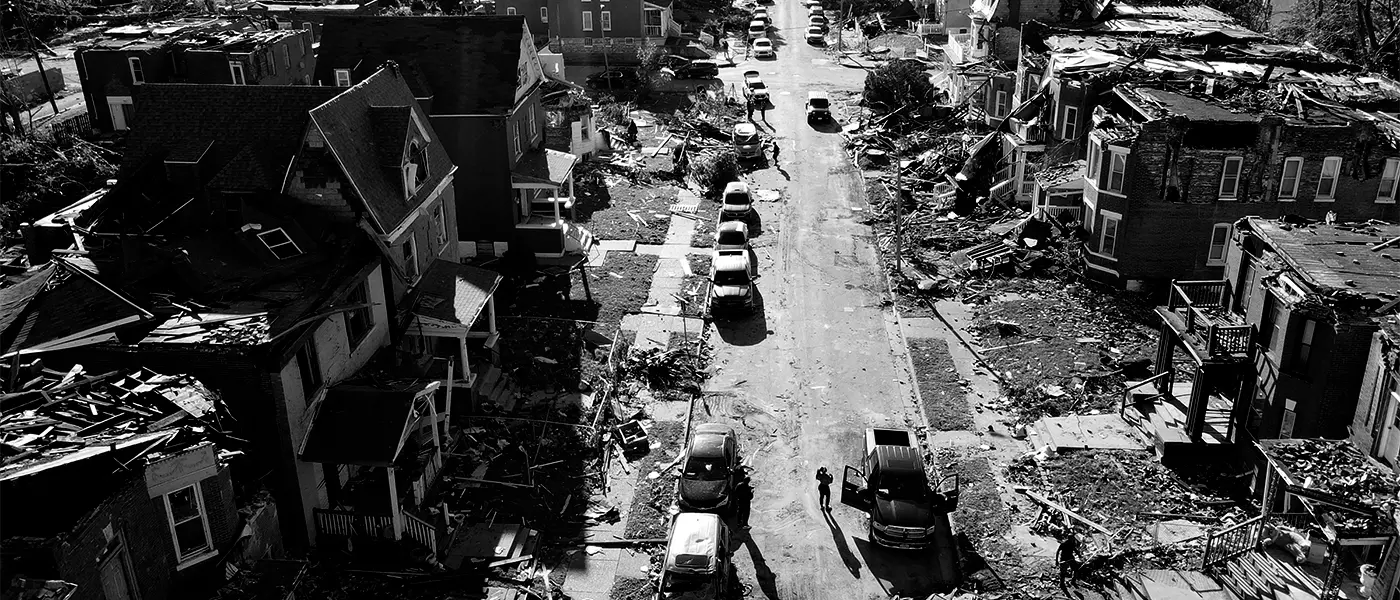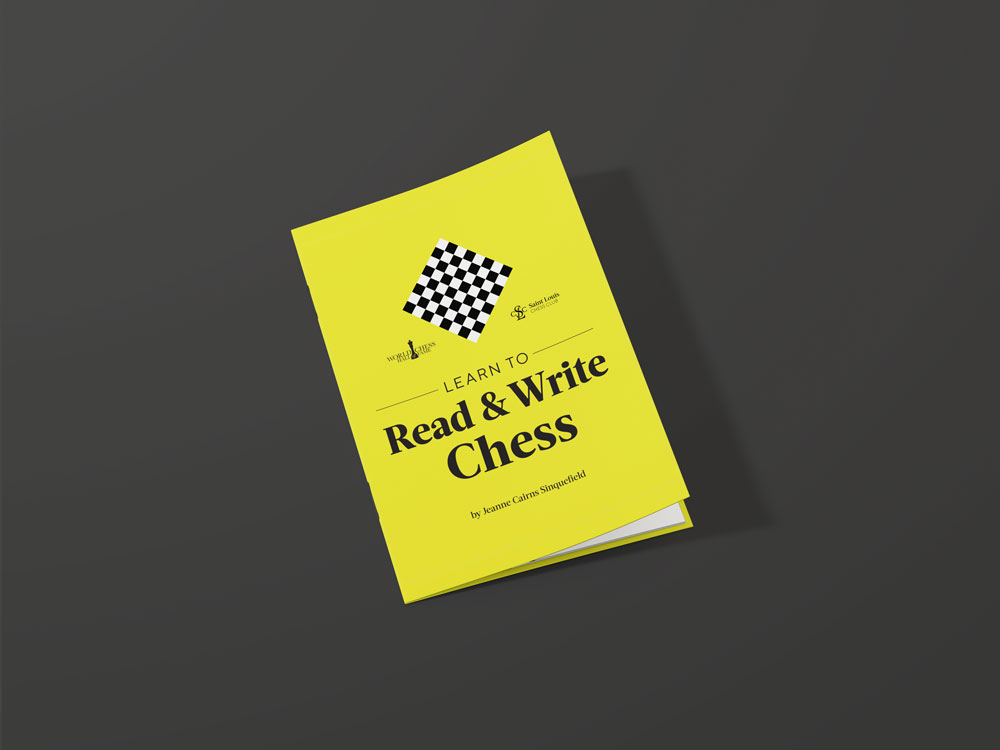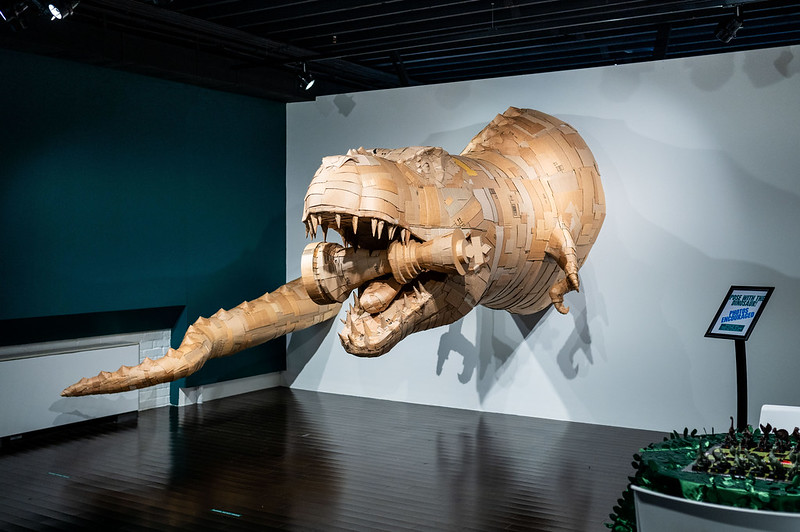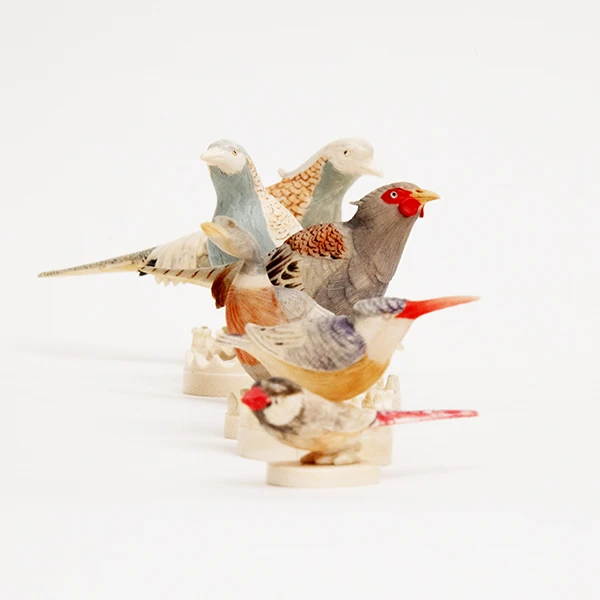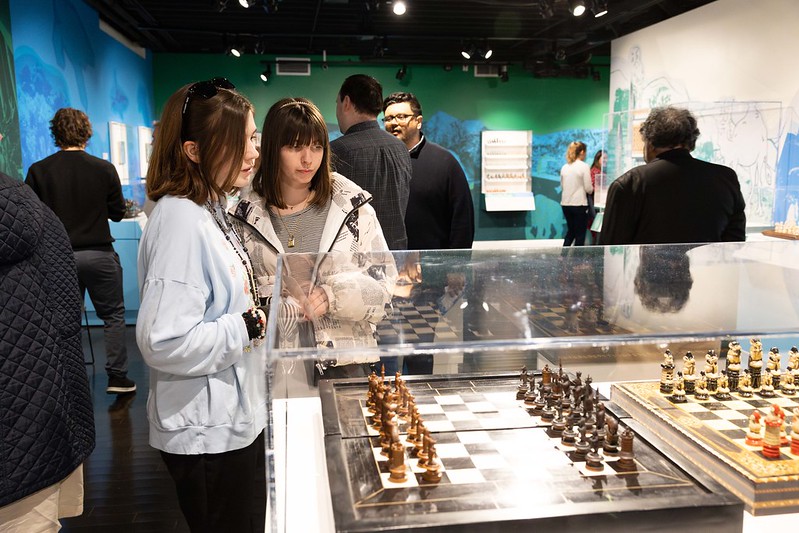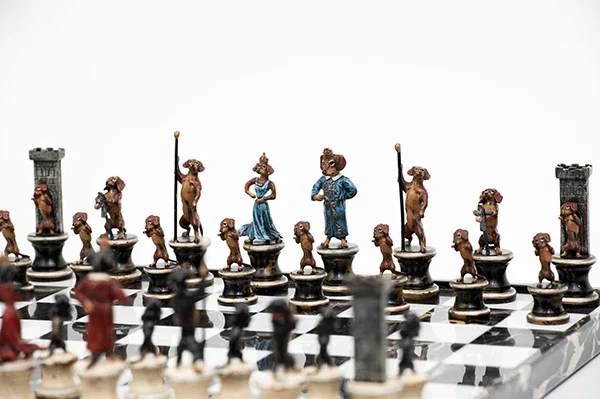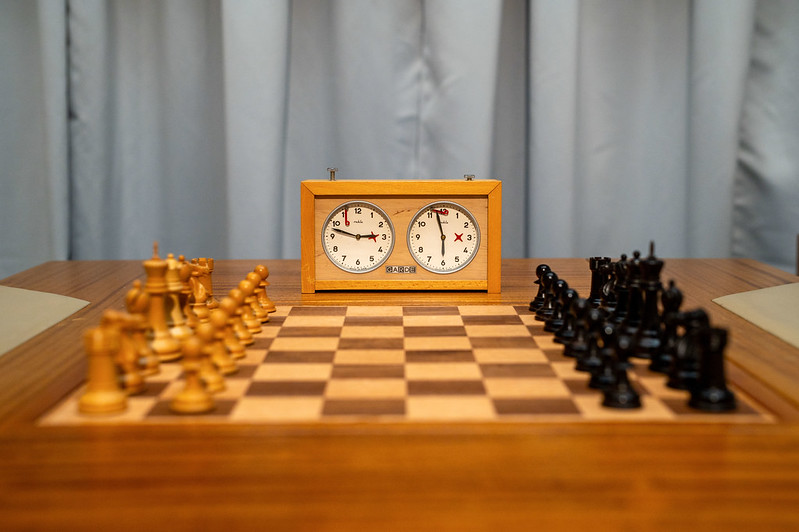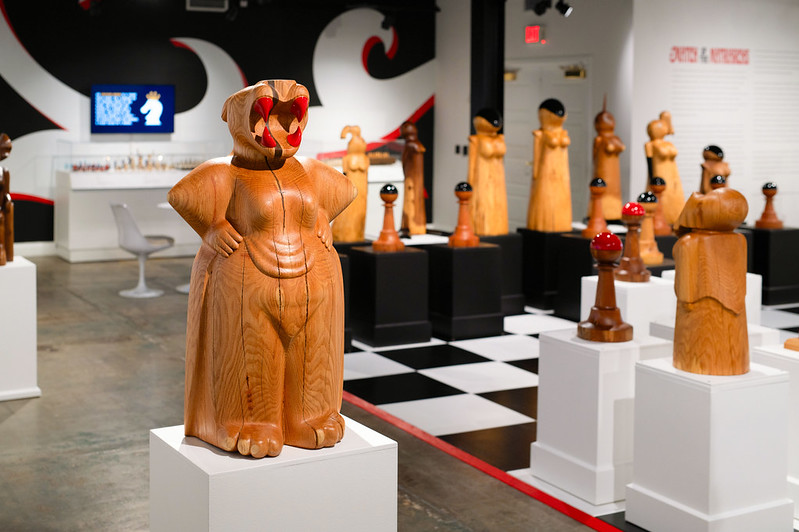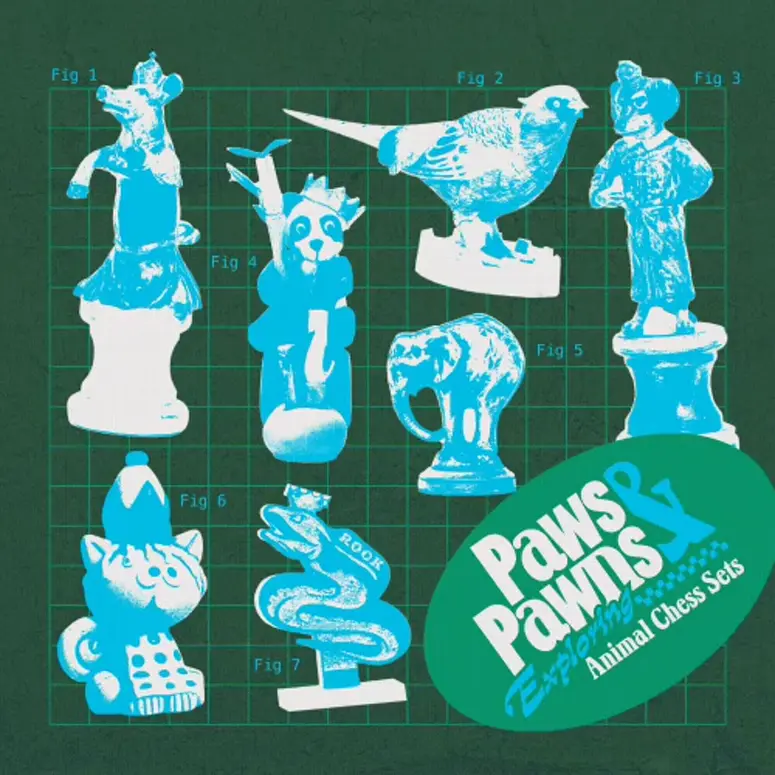A Keith Haring exhibit at the World Chess Hall of Fame illuminates the late pop artist
Press
Published on: January 14, 2021
Keith Haring made art—and statements—everywhere. In a striking 1986 Annie Leibovitz photograph, the pop artist stands nude in a graffiti-covered studio, his body painted to blend into the scene. The duo even took the moment to Times Square in winter, unnoticed by police. As Shannon Bailey, chief curator of the World Chess Hall of Fame, explains, Haring’s impact extended beyond street art. His work raised awareness of AIDS and apartheid, themes that remain powerful today, as showcased in Keith Haring: Radiant Gambit at the WCHOF.
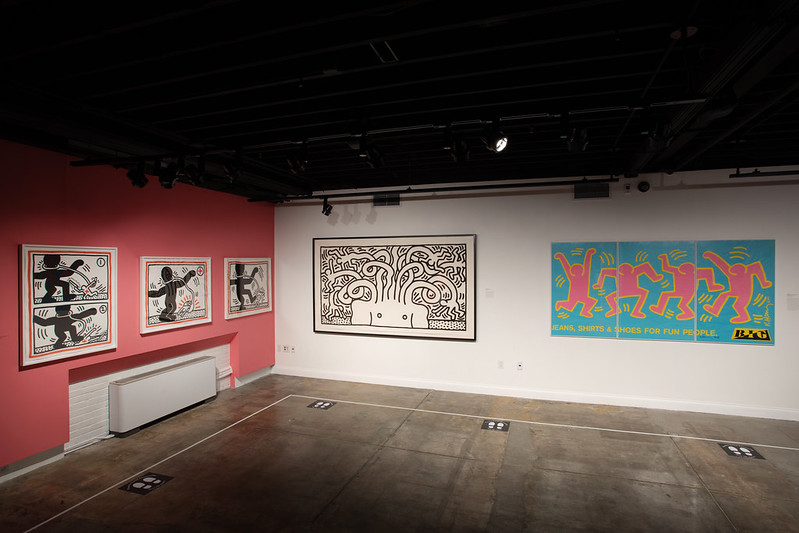
Keith Haring is baring all. In a 1986 Annie Leibovitz photograph, the late pop artist, famous for his public art in 1980s New York City, stands in a studio space staged to look like a living room. He’s covered the white walls with black graffiti-like symbols—and he’s painted himself as well. Haring is stark naked, his body covered in dark lines that nearly camouflage him against the background. Haring and Leibovitz decided to take the show on the road, the story goes, walking to Times Square so the photographer could capture the artist’s portrait outside. In the winter. The police officers patrolling the area didn’t pay them any attention, she later recalled.
This is one of the stories Shannon Bailey, chief curator of the World Chess Hall of Fame, tells to illustrate a point: Haring existed exactly when he was supposed to—but not just because it’s impossible to think of him without conjuring images of graffiti on the NYC subways or the artist bopping around with Basquiat and Warhol. Haring’s work raised awareness of AIDS and the anti-apartheid movement. And as revealed in “Keith Haring: Radiant Gambit,” an exhibit of his pieces at the WCHOF, his works are still relevant today.

